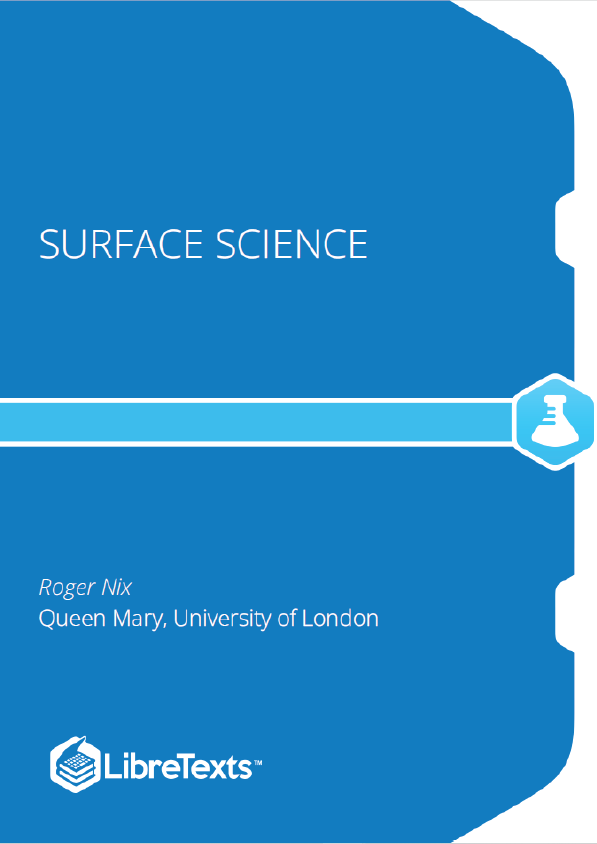1.2: Miller Indices (hkl)
The orientation of a surface or a crystal plane may be defined by considering how the plane (or indeed any parallel plane) intersects the main crystallographic axes of the solid. The application of a set of rules leads to the assignment of the Miller Indices (hkl), which are a set of numbers which quantify the intercepts and thus may be used to uniquely identify the plane or surface. The following treatment of the procedure used to assign the Miller Indices is a simplified one (it may be best if you simply regard it as a “recipe”) and only a cubic crystal system (one having a cubic unit cell with dimensions a x a x a ) will be considered.
Step 1: Identify the intercepts on the x-, y- and z- axes. In this case the intercept on the x-axis is at x = a ( at the point (a,0,0) ), but the surface is parallel to the y- and z-axes – strictly therefore there is no intercept on these two axes but we shall consider the intercept to be at infinity ( ∞ ) for the special case where the plane is parallel to an axis. The intercepts on the x-, y- and z-axes are thus Intercepts: a, ∞, ∞
Step 2: Specify the intercepts in fractional co-ordinates Co-ordinates are converted to fractional co-ordinates by dividing by the respective cell-dimension – for example, a point (x,y,z) in a unit cell of dimensions a x b x c has fractional co-ordinates of ( x/a, y/b, z/c ). In the case of a cubic unit cell each co-ordinate will simply be divided by the cubic cell constant, a . This gives Fractional Intercepts: a/a, ∞/a, ∞/a i.e. 1, ∞, ∞
Step 3: Take the reciprocals of the fractional intercepts This final manipulation generates the Miller Indices which (by convention) should then be specified without being separated by any commas or other symbols. The Miller Indices are also enclosed within standard brackets (….) when one is specifying a unique surface such as that being considered here.
In fact there are a total of 6 faces related by the symmetry elements and equivalent to the (100) surface – any surface belonging to this set of symmetry related surfaces may be denoted by the more general notation {100} where the Miller indices of one of the surfaces is instead enclosed in curly-brackets.
Final important note: in the cubic system the (hkl) plane and the vector [hkl], defined in the normal fashion with respect to the origin, are normal to one another but this characteristic is unique to the cubic crystal system and does not apply to crystal systems of lower symmetry.











